What Really Goes On at the Met Gala? An Insider’s Guide to the Big Night
I’ve been in and around the world of fashion and art for what feels like a lifetime. I’ve seen some truly spectacular events, but honestly, nothing compares to the first Monday in May. To everyone watching at home, the Met Gala looks like the world’s most glamorous party—a parade of unbelievable fashion on a grand staircase. And it is… but from the inside, it’s a whole different beast.
In this article
Think of it less as a party and more as a high-stakes, finely-tuned machine that powers fundraising, culture, and commerce all at once. Having consulted on exhibition planning and worked with brands gearing up for the big night, I want to pull back the curtain a little. This isn’t just about famous people in wild outfits; it’s a stunningly complex operation that keeps a vital piece of art history alive and kicking.
First Things First: It’s All About the Money (But Not How You Think)
Before we get into the glitz, you have to understand the Gala’s real purpose. It’s a fundraiser, plain and simple. But here’s the crucial detail: the money doesn’t go to the general museum. It exclusively supports the Costume Institute.
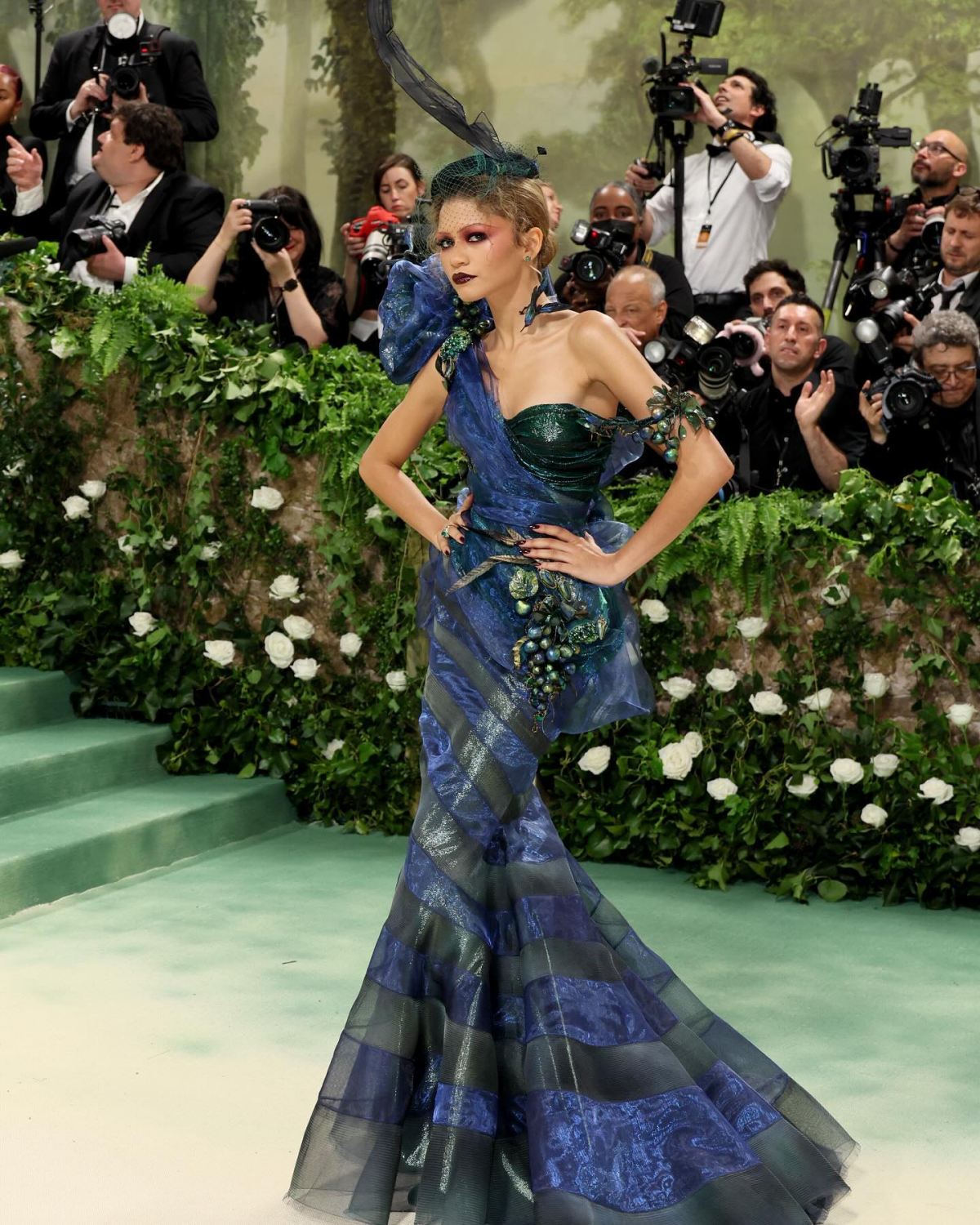
This is a bigger deal than it sounds. Unlike other departments in the museum, the Costume Institute is on its own—it has to fund itself. We’re talking everything: staff salaries, buying new pieces for the collection, painstaking conservation work, and staging those incredible exhibitions. The eight-figure sum you hear about in the news? That’s not just a fancy number. It is literally the Institute’s entire operating budget for the next year. Without this one night, it would grind to a halt.
When you hear a single ticket costs upwards of $75,000, it’s easy to get sticker shock. But think about what that cash actually buys. I once chatted with a lead conservator who was describing the process of preserving a historical silk gown. The fabric was so delicate that even air and light were enemies. That Gala money pays her salary. It pays for the climate-controlled vaults where thousands of fragile garments are stored in total darkness, kept at a precise temperature (around 65-70°F) and humidity (45-55%) to prevent them from turning to dust.
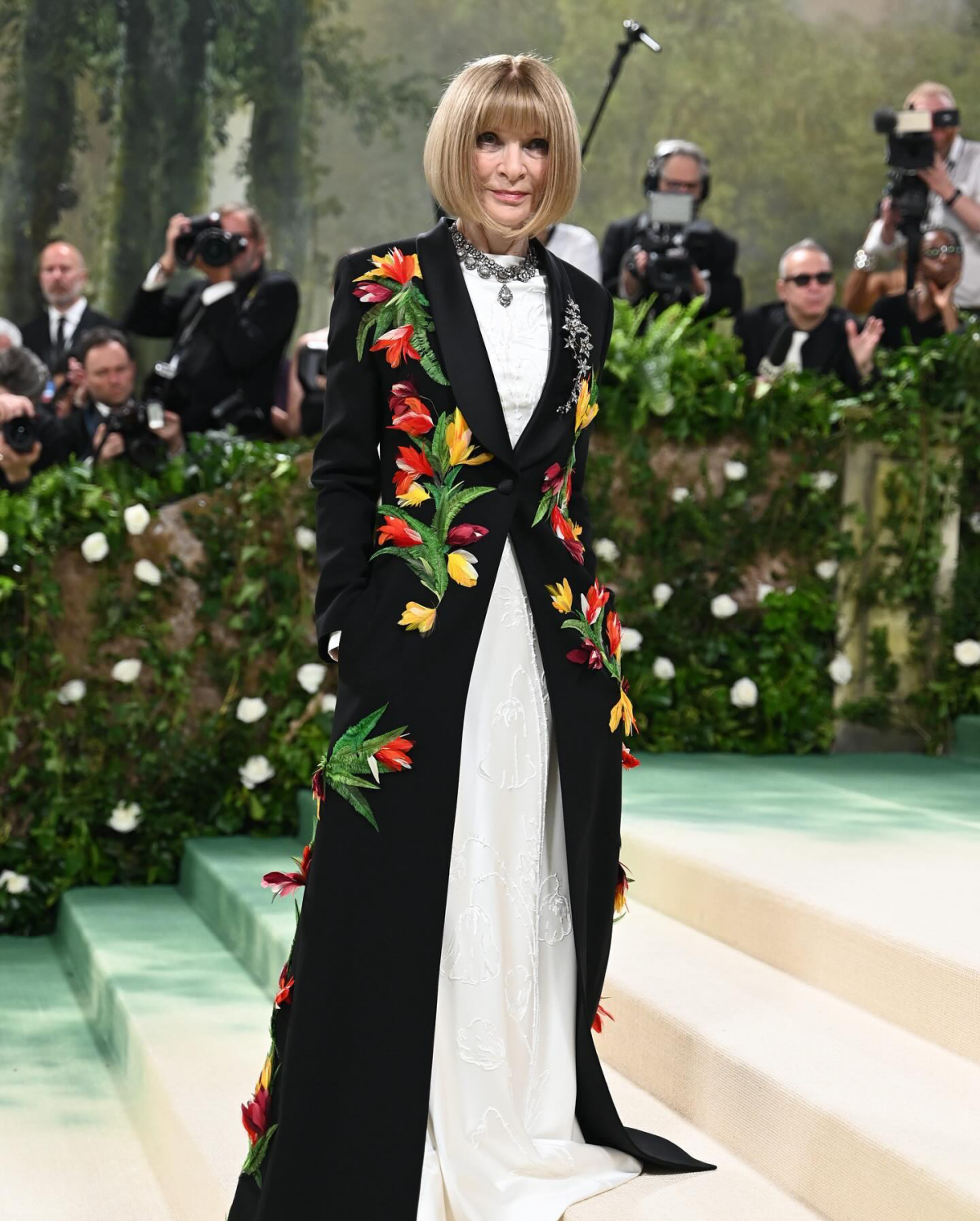
It also fuels the growth of the collection, which now includes over 33,000 objects. These funds allow curators to go to auction and acquire a rare avant-garde piece or a foundational modern design. A recent exhibition, for example, used amazing technology like video animation and even scent infusion to bring historical garments to life. That kind of boundary-pushing work is only possible because of this single event.
The Art of the Invite: How the Guest List Really Works
Ah, the guest list. It’s probably the most talked-about part of the whole affair. While it’s overseen by the event’s famous chair, it’s not just a list of her besties. It’s a strategic masterpiece, a social ecosystem built for maximum impact. From the outside looking in for years, I’ve learned it’s a masterclass in influence.
Here’s a common misconception I hear all the time. Myth: Any celebrity with enough cash can buy a ticket. Fact: Every single guest, even if they’re paying for their own seat, has to be personally approved by the chair and her team. You don’t just buy a ticket; you are invited to purchase a ticket. It’s a crucial distinction.
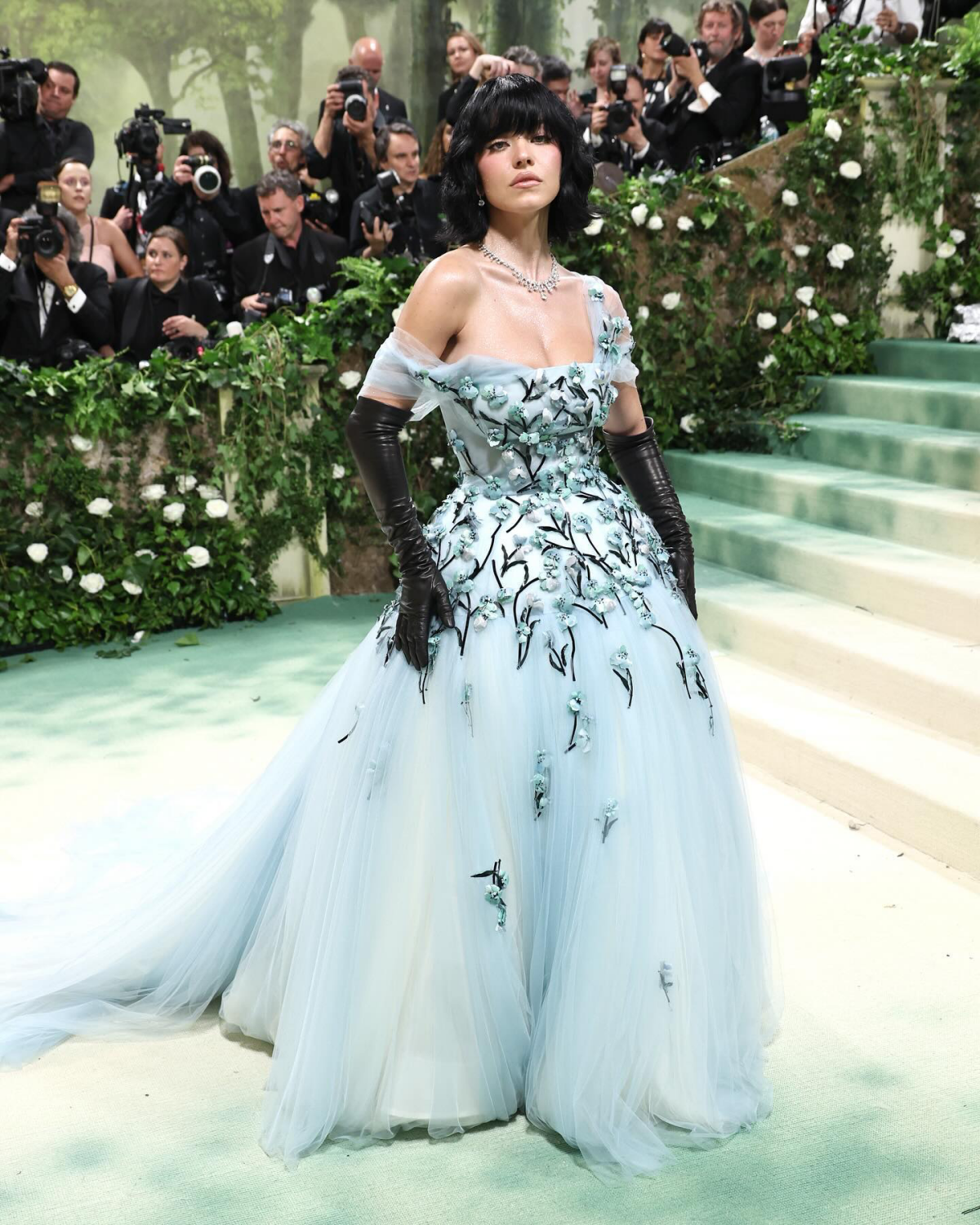
The financial bedrock of the event comes from the major fashion houses. They don’t just buy a ticket or two; they purchase entire tables, often for $350,000 or more. In exchange, they get to fill that table with their chosen guests—the actors, musicians, and models you see walking the carpet together, all dressed by that designer. It’s a massive marketing moment for them.
Next, you have the cultural heavyweights. This is where the chair’s direct influence really shows. It’s a mix of movie stars, pop icons, sports legends, and, increasingly, tech entrepreneurs and artists. A lesson I always share with young publicists is that getting on this list is less about raw fame and more about relevance. Being in a hit movie is good. But being in a hit movie while also launching a company or becoming a global ambassador? That’s the sweet spot.
Finally, there are the quiet donors and patrons of the arts. You probably won’t recognize them, but they are essential to the museum and have been supporters for decades. Their presence honors the Gala’s roots as a more traditional high-society benefit.
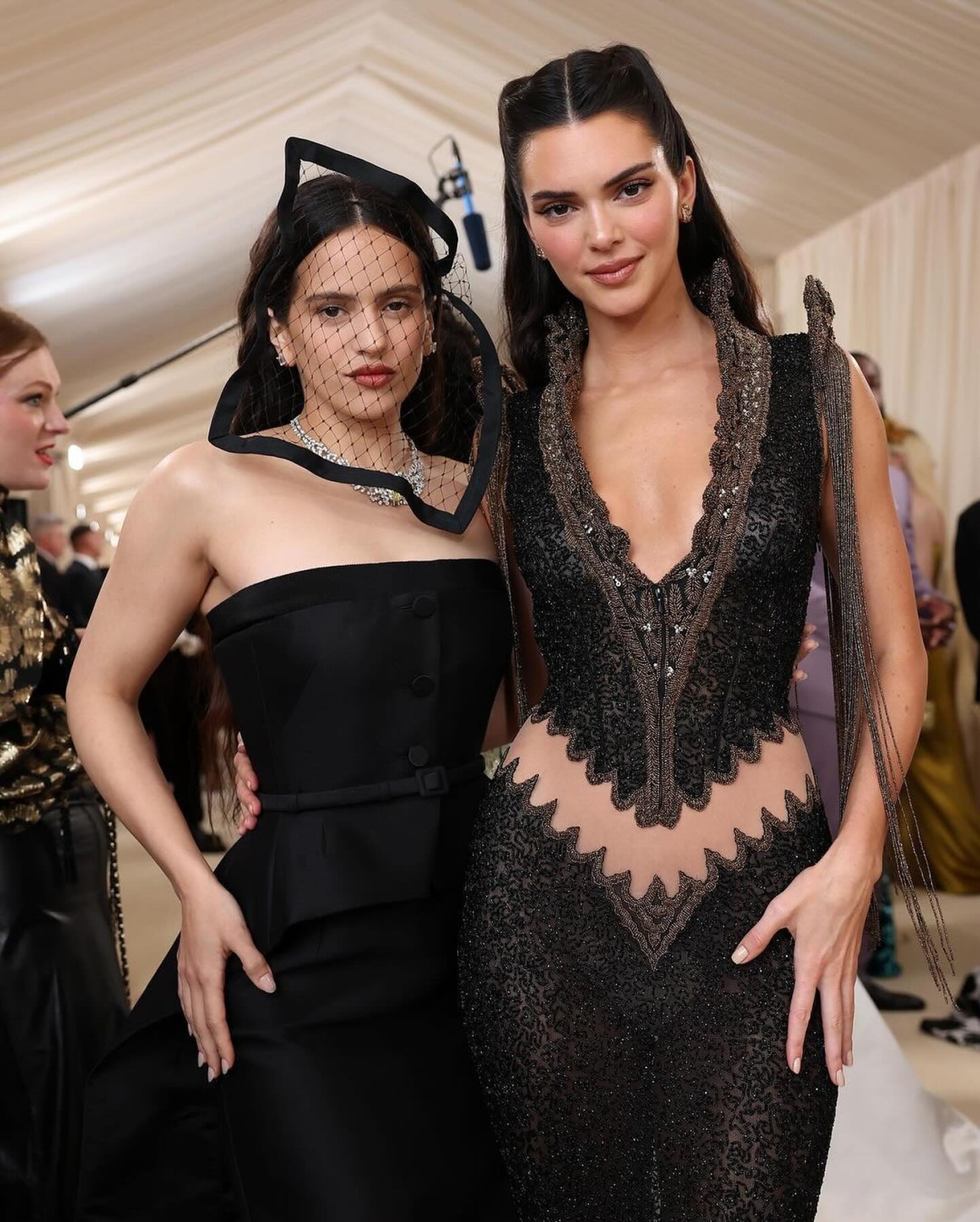
How the Gala Got Its Glow-Up
By the way, the Gala wasn’t always this global media circus. In its early days, it was a much more intimate affair for New York high society, sometimes held at other iconic city venues. It was a local event for a very specific, powerful slice of the city.
A major turning point came when a legendary fashion editor took the reins as a special consultant. She was the one who introduced the idea of a theme, transforming the party from a simple dinner into a creative challenge with a narrative. Her era was known for its intellectualism, theatricality, and deep focus on fashion history. Older colleagues of mine still talk about a past exhibition on Russian costume where guests were surrounded by treasures from the Kremlin.
Then, the current chair took over and brought another seismic shift. She understood the exploding power of modern celebrity culture and brilliantly fused it with high fashion. This is what turned the Gala into the international phenomenon it is today. She recognized that a movie star in a jaw-dropping dress would generate more buzz—and ultimately, more money—than a socialite. While some old-timers felt the event was losing its soul, you can’t argue with the results. Her formula secured the Institute’s future for a new generation.
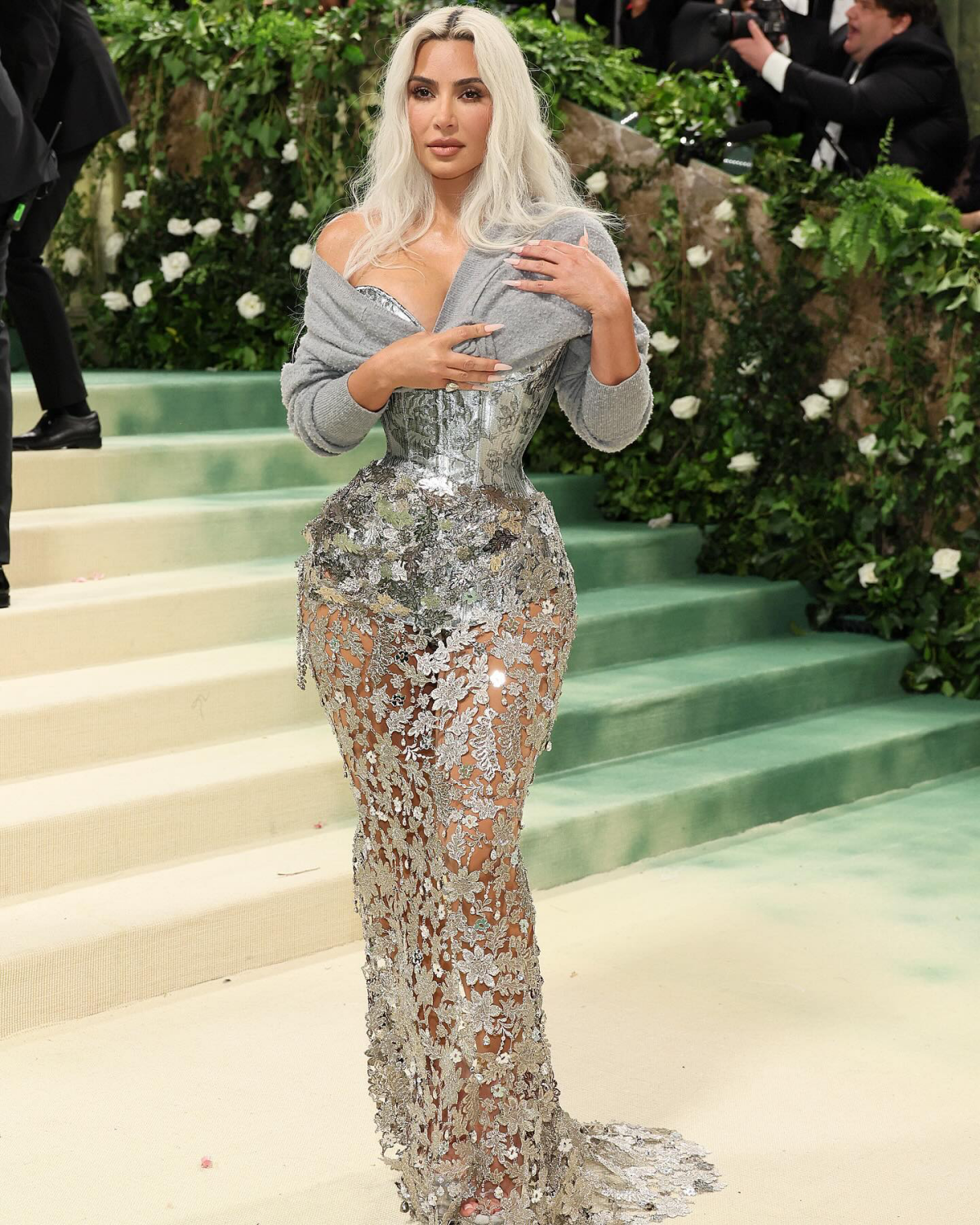
The Anatomy of a Met Gala Look
Creating a look for the Gala is a serious project that can take half a year. It’s an intense collaboration between the celebrity, their stylist, and a design house. The process is so much more than just picking a dress.
Here’s a rough timeline of how it usually unfolds:
- 6-5 Months Out: The theme is announced. The frantic research begins. Stylists and design teams dive into books, historical archives, and pull together sprawling mood boards to brainstorm a unique concept.
- 4-3 Months Out: A concept is locked in. Designers create custom sketches, and the hunt for the perfect fabric begins. I once heard about a gown that required fabric to be hand-embroidered in India; the beadwork alone took over 800 hours.
- 2-1 Months Out: The fitting marathon. This is a logistical nightmare. A stylist I know once had to fly from New York to a film set in Europe and back in 48 hours for a single 30-minute fitting.
- The Final Weeks: Final alterations, accessory selection (a crucial step!), and planning the hair and makeup that will complete the story.
And let’s talk about the real cost. That $350,000 table is just the beginning for a brand. The true investment is easily over half a million dollars. Think about it: $350k for the table, another $50k+ for a custom couture gown, $20k for the top-tier stylist, $15k for the ‘glam squad’ (hair and makeup), plus first-class travel and luxury hotels. It’s an astronomical sum for one night.
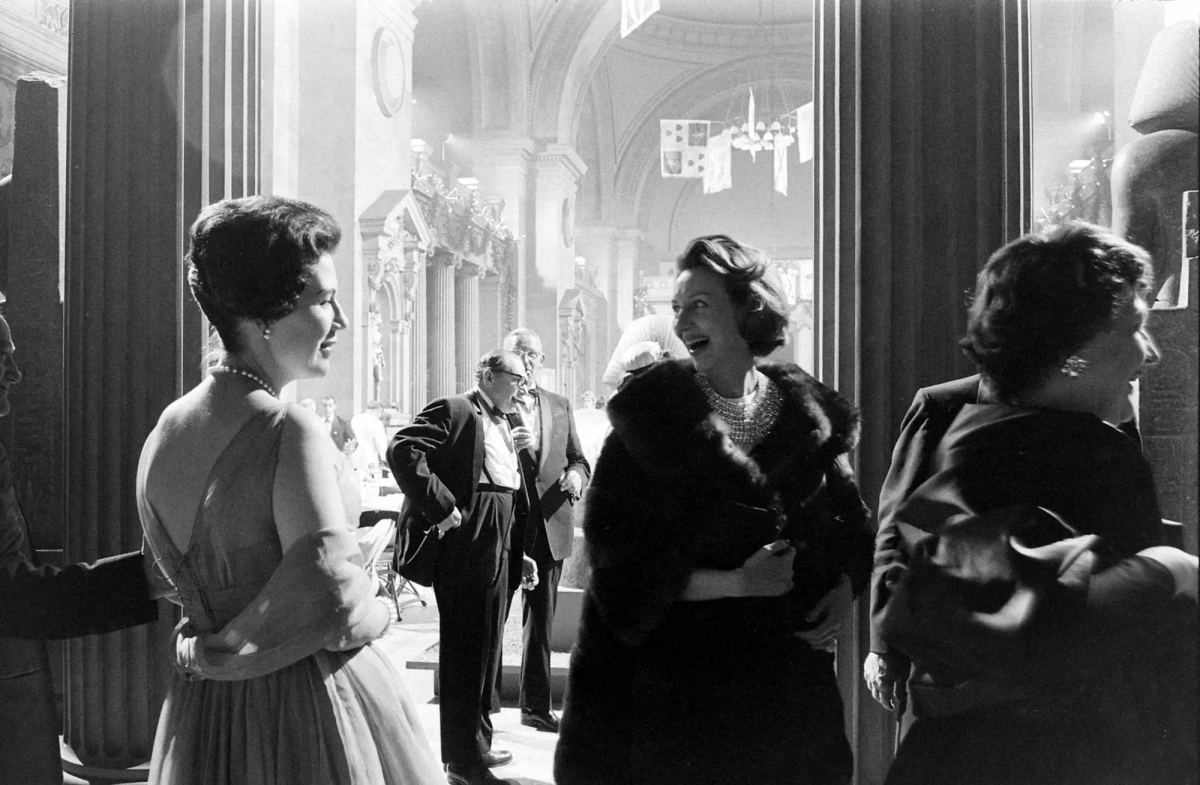
So, What Happens After the Red Carpet?
This is the part nobody sees. A guest’s night is actually tightly scheduled, from the moment they step out of the car until the last dance at the after-party.
The first and most famous rule: no phones. This is strictly enforced, and it’s not just to prevent bad photos from leaking. It’s about creating an atmosphere where people are forced to actually talk to each other. When you put that many creative, powerful people in a room, the goal is to spark real connections that can lead to new projects and ideas.
Here’s a quick play-by-play of the evening:
- 6:00 PM – 8:00 PM: The red carpet chaos. Guests arrive in staggered waves.
- 8:00 PM – 8:30 PM: After the carpet, guests go through a receiving line to greet the hosts and museum heads.
- 8:30 PM – 9:00 PM: A private viewing of the exhibition. This is key—it connects the glamour back to the art everyone is there to support.
- 9:00 PM – 11:00 PM: Dinner is served in one of the museum’s grand galleries, like the stunning American Wing courtyard. The seating chart is a work of art in itself, planned for weeks to spark dynamic conversations. You’d never seat rival designers together, but you might seat a film director next to a novelist whose book they could adapt. Oh, and the food? It’s famously a “no-mess” menu. Think small, fork-friendly bites. They avoid anything that could be a disaster for a million-dollar outfit—so no red wine, no soup, and nothing like parsley that could get stuck in your teeth.
- 11:00 PM onwards: A surprise performance by a massive musical artist, which is kept top-secret. After that, the night breaks up. There’s no single “official” after-party, but rather a constellation of smaller, ultra-exclusive parties hosted by brands and celebrities at various hotspots around the city.
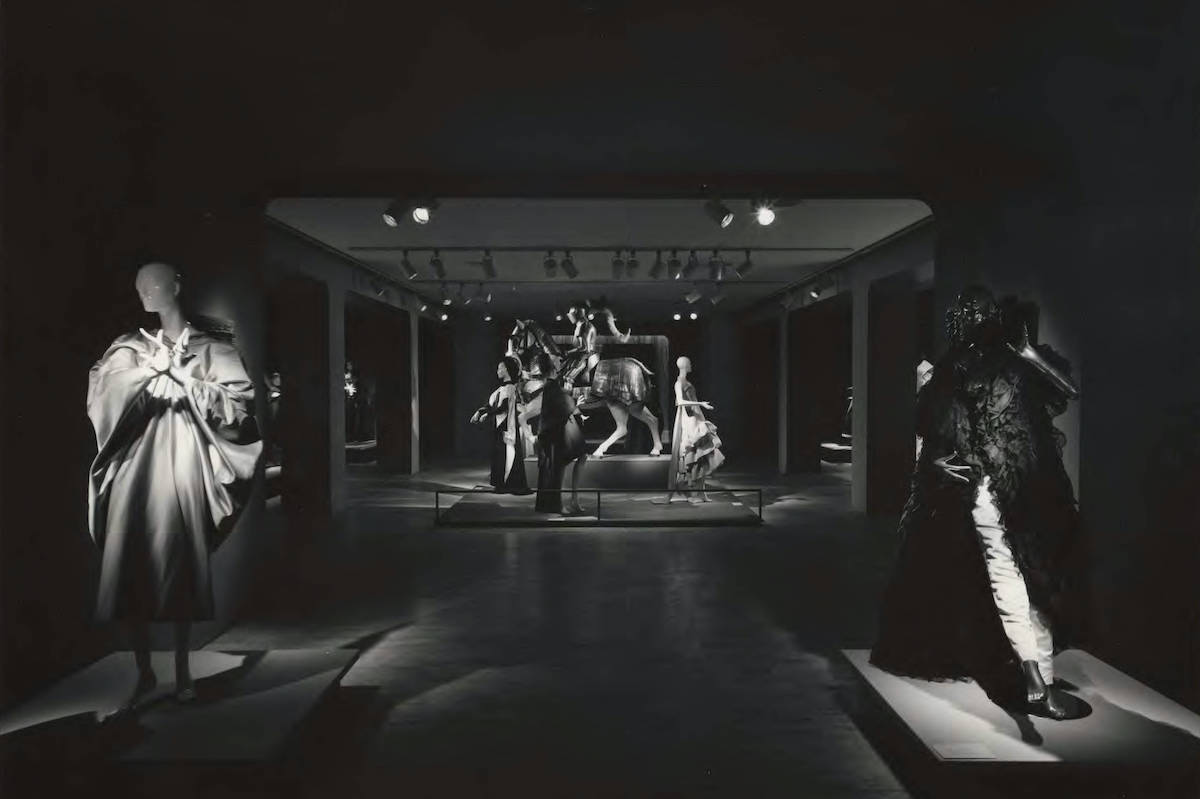
The Risks, the Rules, and the Up-and-Comers
Running an event like this in a building full of priceless art is a security nightmare. A guest in a huge, heavy gown could easily back into a sculpture. I saw a close call one year where a guest’s train knocked over a vase, sending water dangerously close to a display. Now, certain galleries are completely off-limits, and security is trained to gently redirect anyone getting too close to the art.
There’s also the constant tension between cultural buzz and historical preservation. When a celebrity wore an iconic actress’s original, fragile dress a while back, it sent shockwaves through the museum world. Conservators see those garments as irreplaceable artifacts. Body heat, movement, and flash photography can cause permanent damage to delicate, historic fibers. It’s a debate we constantly have: how do you balance making fashion relevant with preserving it for the future?
So, with all these huge brands and A-listers, how does an emerging designer ever get a piece on that carpet? It’s tough, to be frank. The most common path is to partner with a guest who is invited but isn’t tied to a major brand—maybe an up-and-coming actor, artist, or influencer. It’s a huge gamble, but if the look is a hit, it can launch a career overnight.
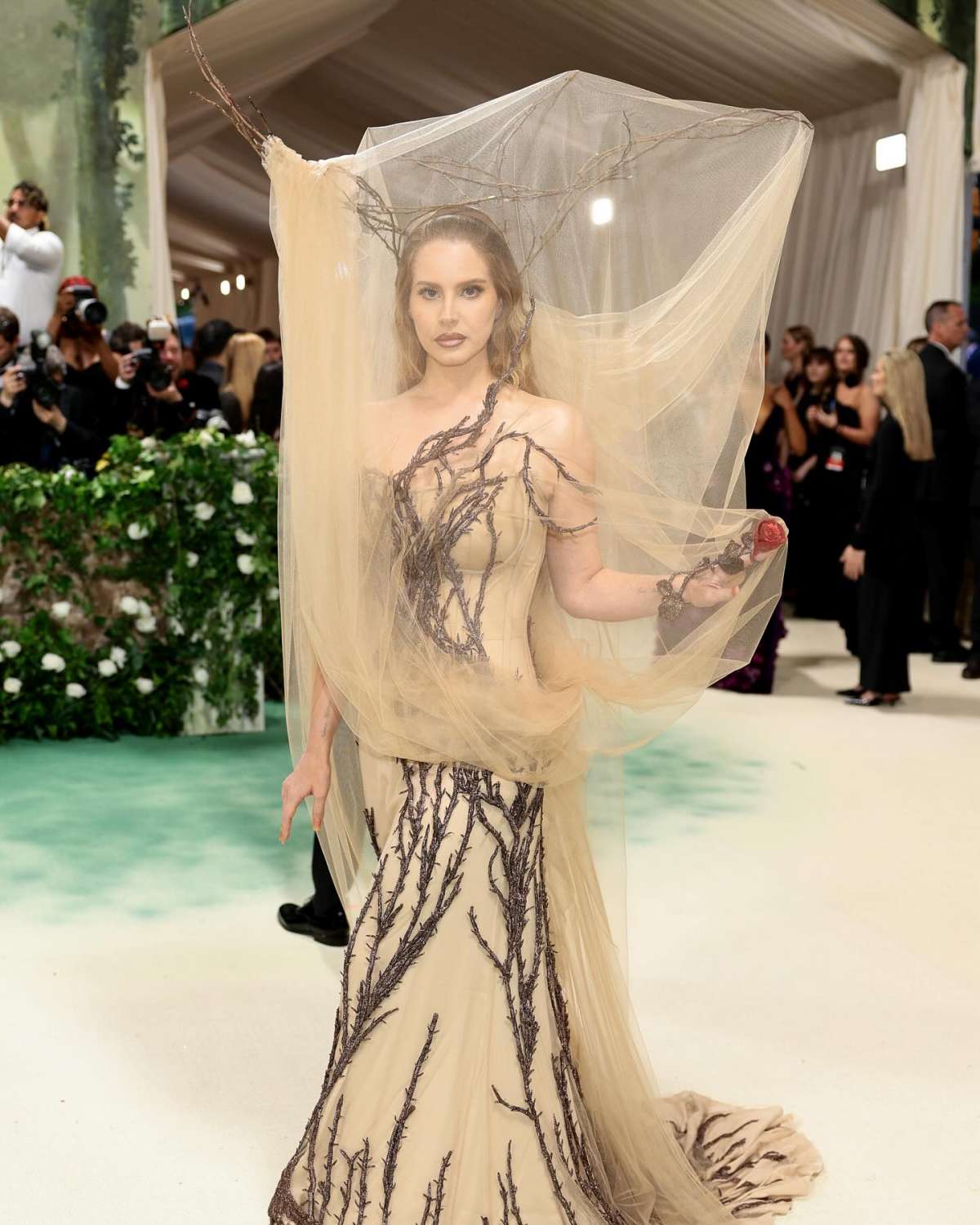
So next time you’re watching the red carpet, you’ll be able to see it like an insider. Look for the groups all wearing the same designer—that’s a brand’s table. Try to spot the story in the outfit, whether it’s a literal or a conceptual take on the theme. It’s a beautiful, chaotic, and fascinating event, where a single night of fantasy fuels a whole year of preserving art history. And that, right there, is the real magic of it.
Galerie d’inspiration
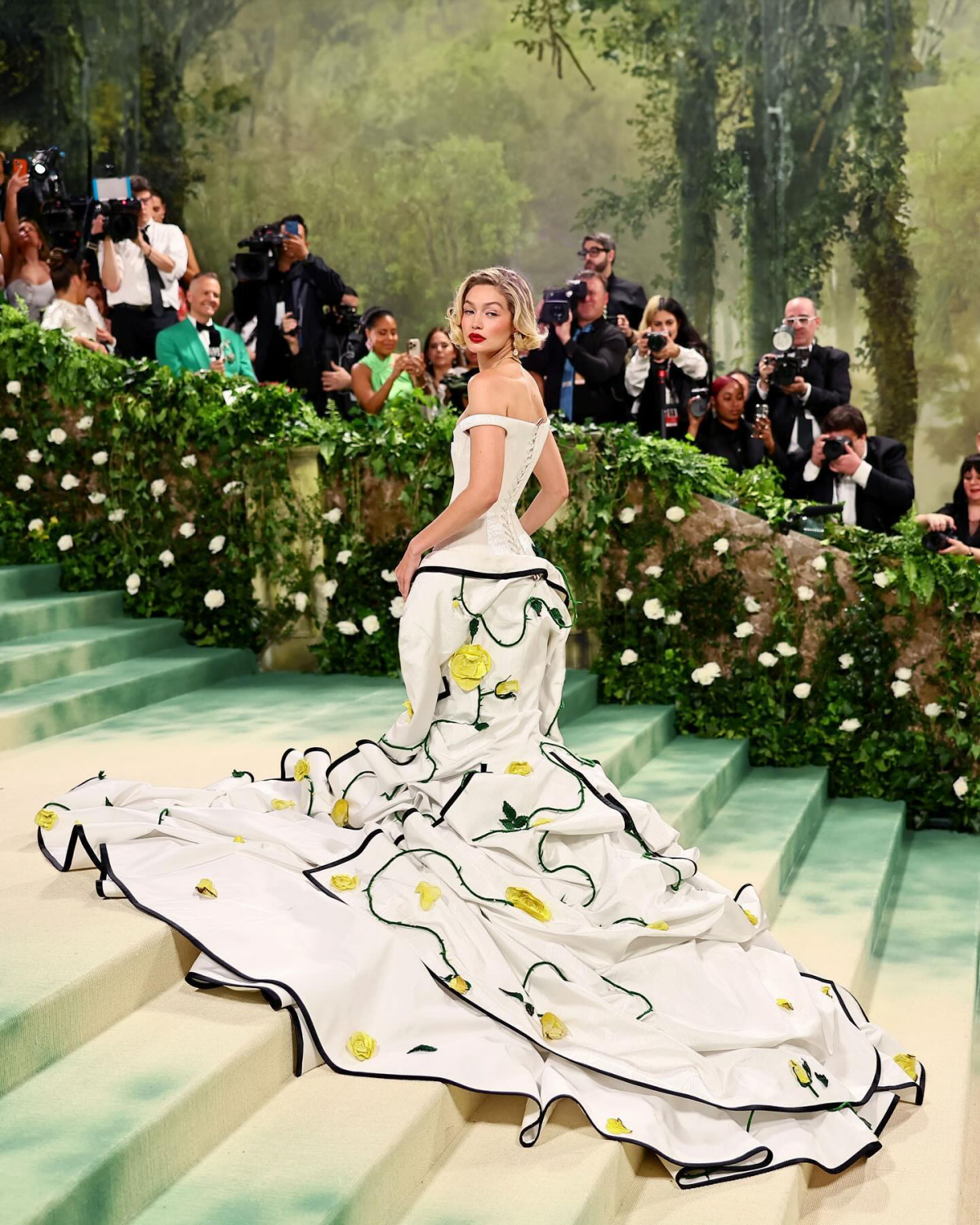
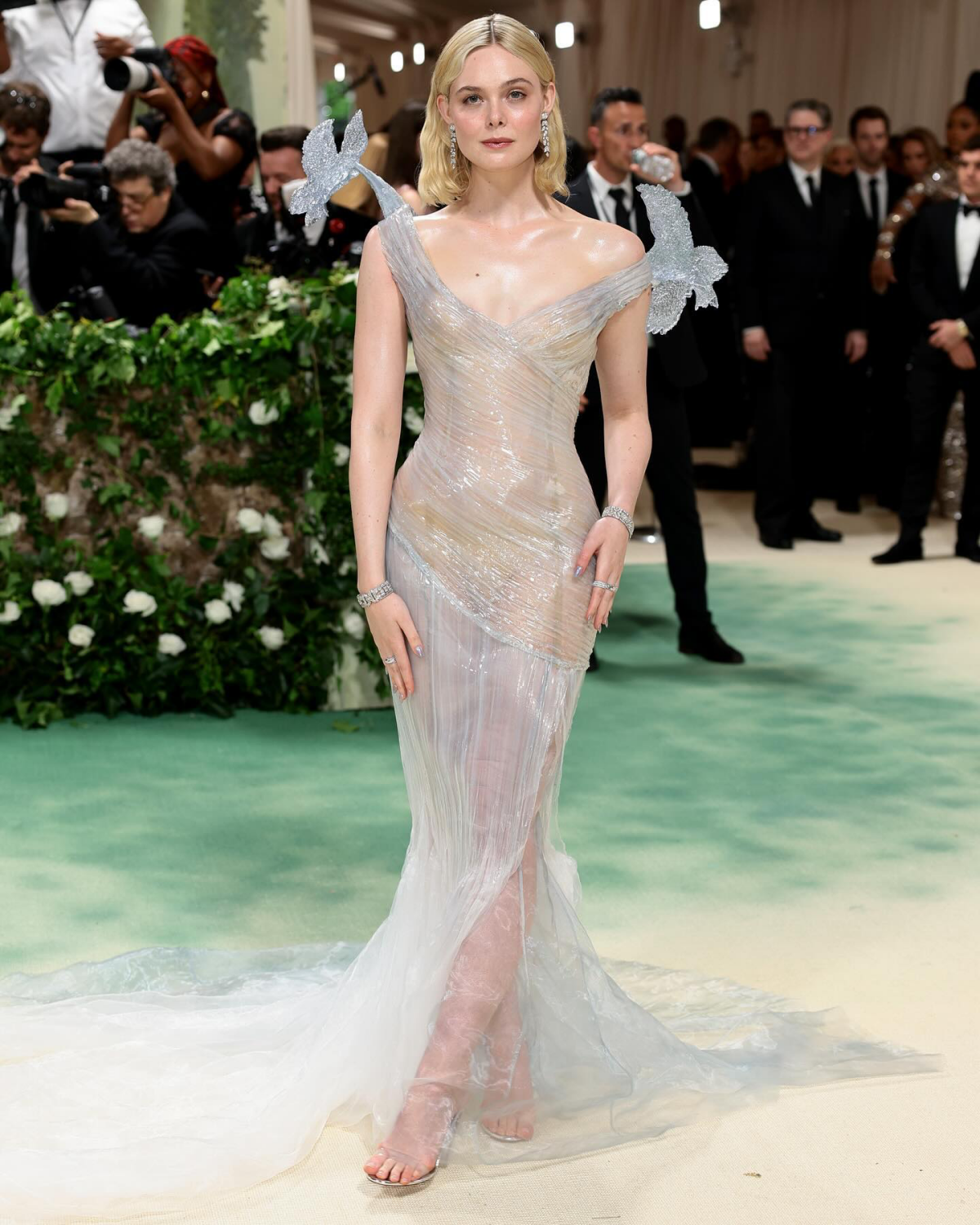
Is it true you can’t use your phone inside the Met Gala?
Absolutely. It’s Anna Wintour’s most famous—and strictly enforced—rule. The official reason is to create an exclusive atmosphere where guests genuinely interact, rather than documenting every moment for social media. This preserves the mystique and ensures the focus remains on the art and conversation. Of course, this has famously led to the star-studded
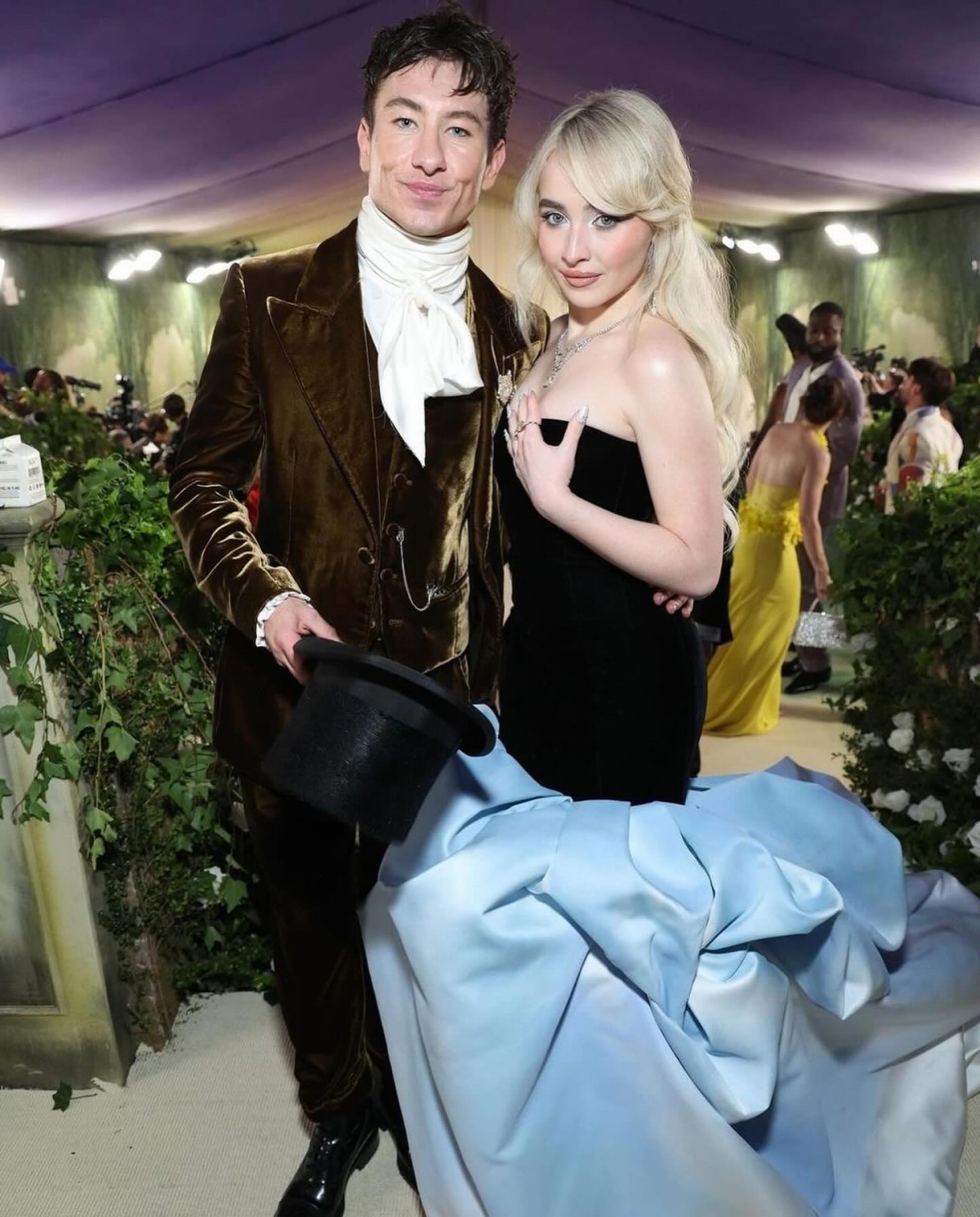
The seating chart is considered the most political document in New York high society for one night a year.
The arrangement is an intricate puzzle solved personally by Anna Wintour and her team. It’s about more than just pairing famous faces; it’s about strategic alchemy. A rising designer might be seated with a potential investor, a movie director with their dream lead actor, or brand ambassadors with executives from competing houses like Kering and LVMH. The goal is to spark conversation, broker unseen deals, and create a unique social dynamic that can’t be replicated anywhere else.
The jaw-dropping dress is only the opening act. Crafting a complete Met Gala moment is a logistical and financial marathon that goes far beyond the gown itself. A top-tier look often involves:
- Bespoke Jewelry: High jewelry houses like Cartier or Lorraine Schwartz often loan or create custom pieces worth millions, frequently requiring dedicated security.
- The










